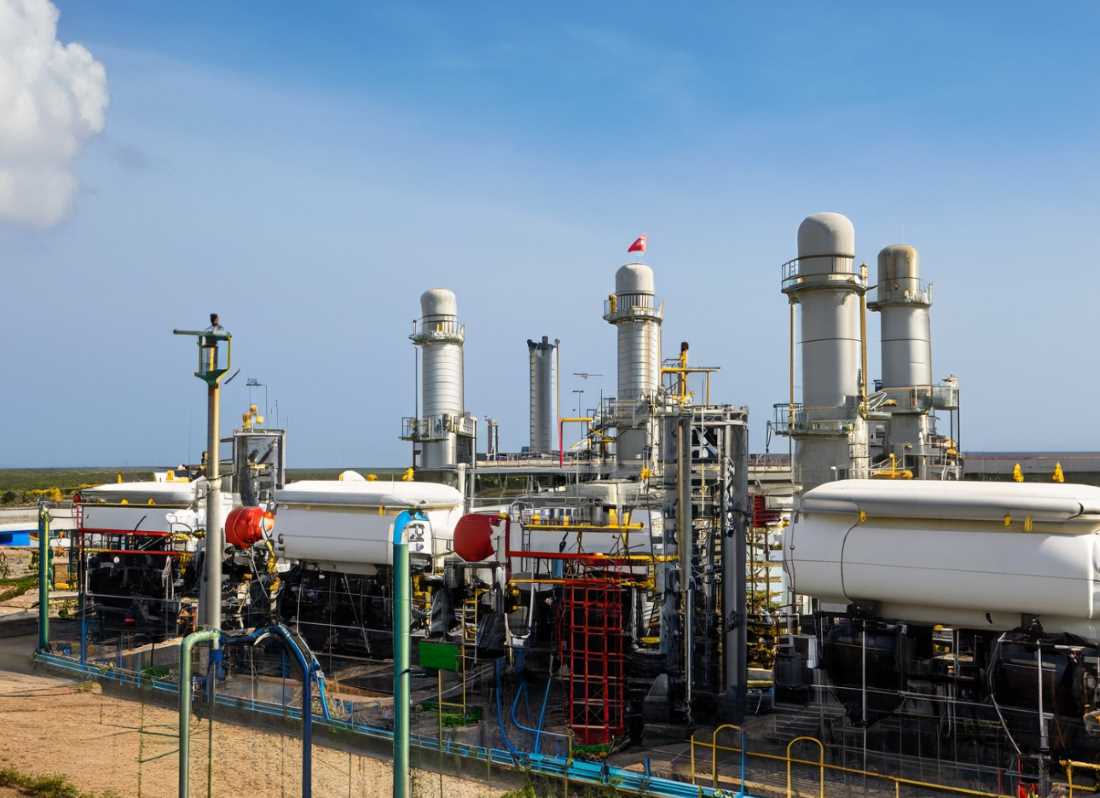The Paradox of Natural Gas in Mexico's South-Southeast
Mexico's south-southeast region is a paradox in the global energy landscape—a treasure trove of natural gas, yet starved of the very resource it abundantly produces. Imagine sitting on a goldmine but lacking the tools to dig! This is not just a local issue; it's a national dilemma.

Mexico, a country known for its rich natural resources, presents a peculiar paradox in its energy sector. While being one of the world's leading consumers of natural gas and relying on it for approximately 60% of its electricity generation, the nation faces a significant infrastructure gap. This is especially the case in the south-southeast region, which ironically is the country's primary producer of natural gas. This article aims to shed light on the challenges and opportunities surrounding the natural gas sector in Mexico, particularly focusing on the south-southeast region.
Production
According to the Mexican Institute of Competitiveness (IMCO), practically all the natural gas extracted in Mexico in 2022 came from the nine states that comprise the south-southeast region: Campeche, Chiapas, Guerrero, Oaxaca, Puebla, Quintana Roo, Tabasco, Veracruz, and Yucatán. This area accounted for an average of 4,804 million cubic feet per day (MMcfd) of natural gas production, with 89% (4,277 MMcfd) hailing from this very region. Campeche, Tabasco, and Veracruz are the leading contributors, responsible for most of this production.




